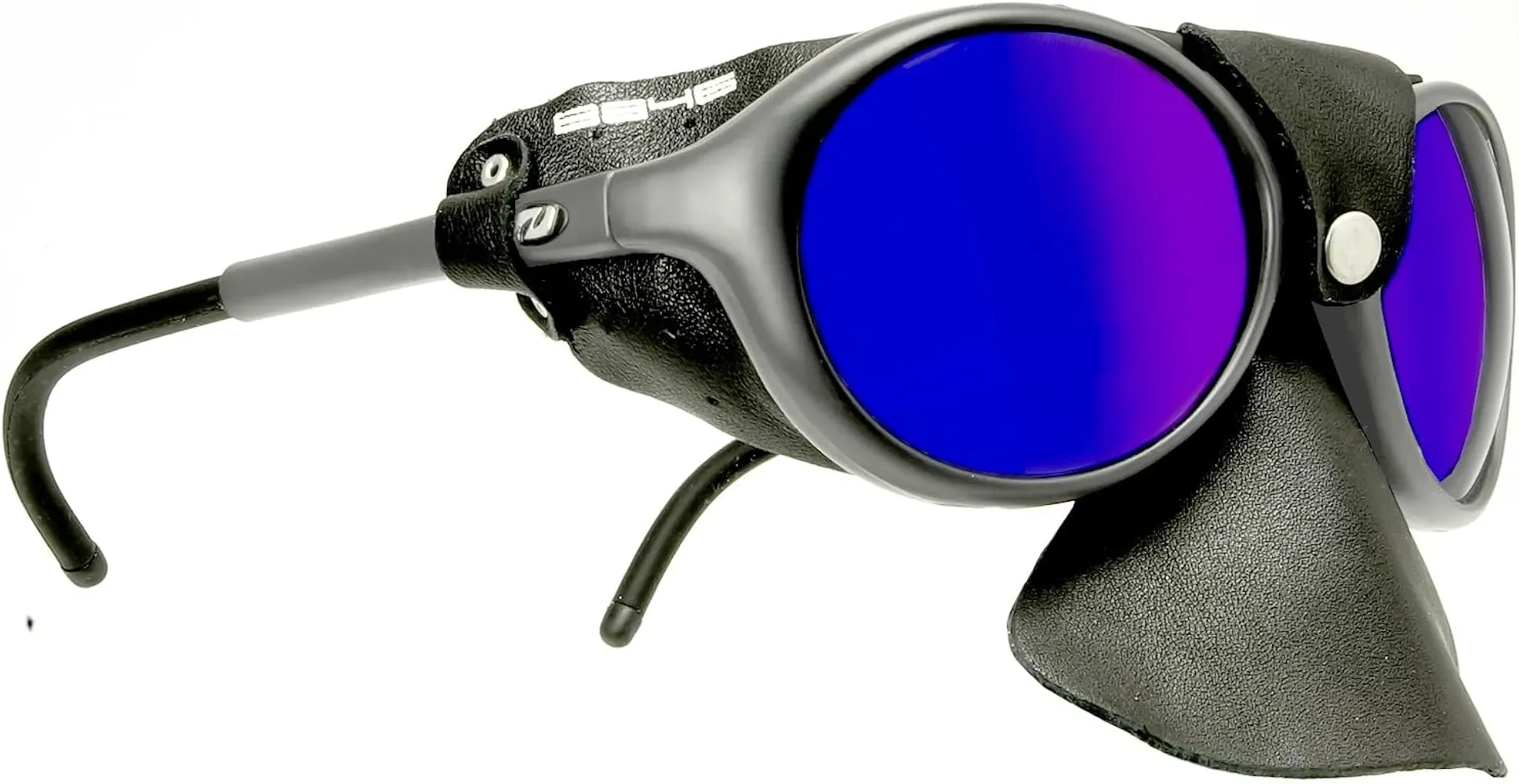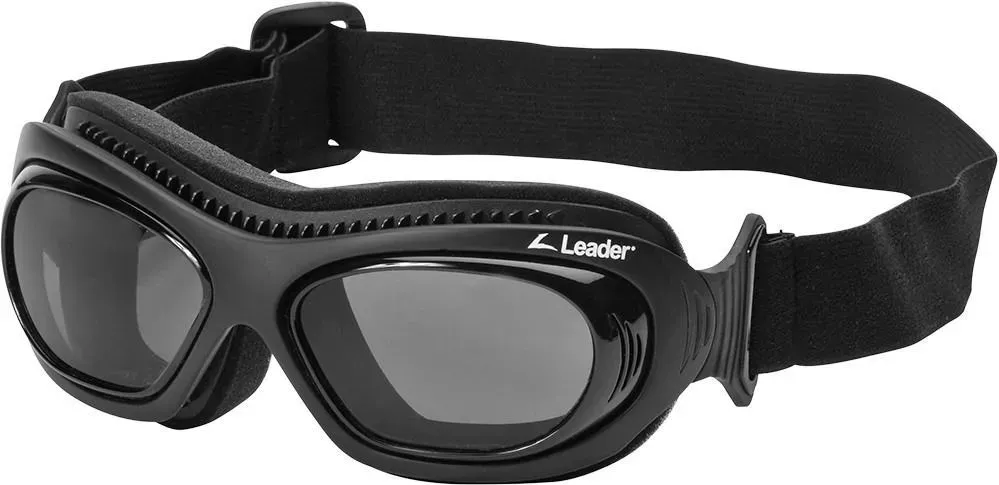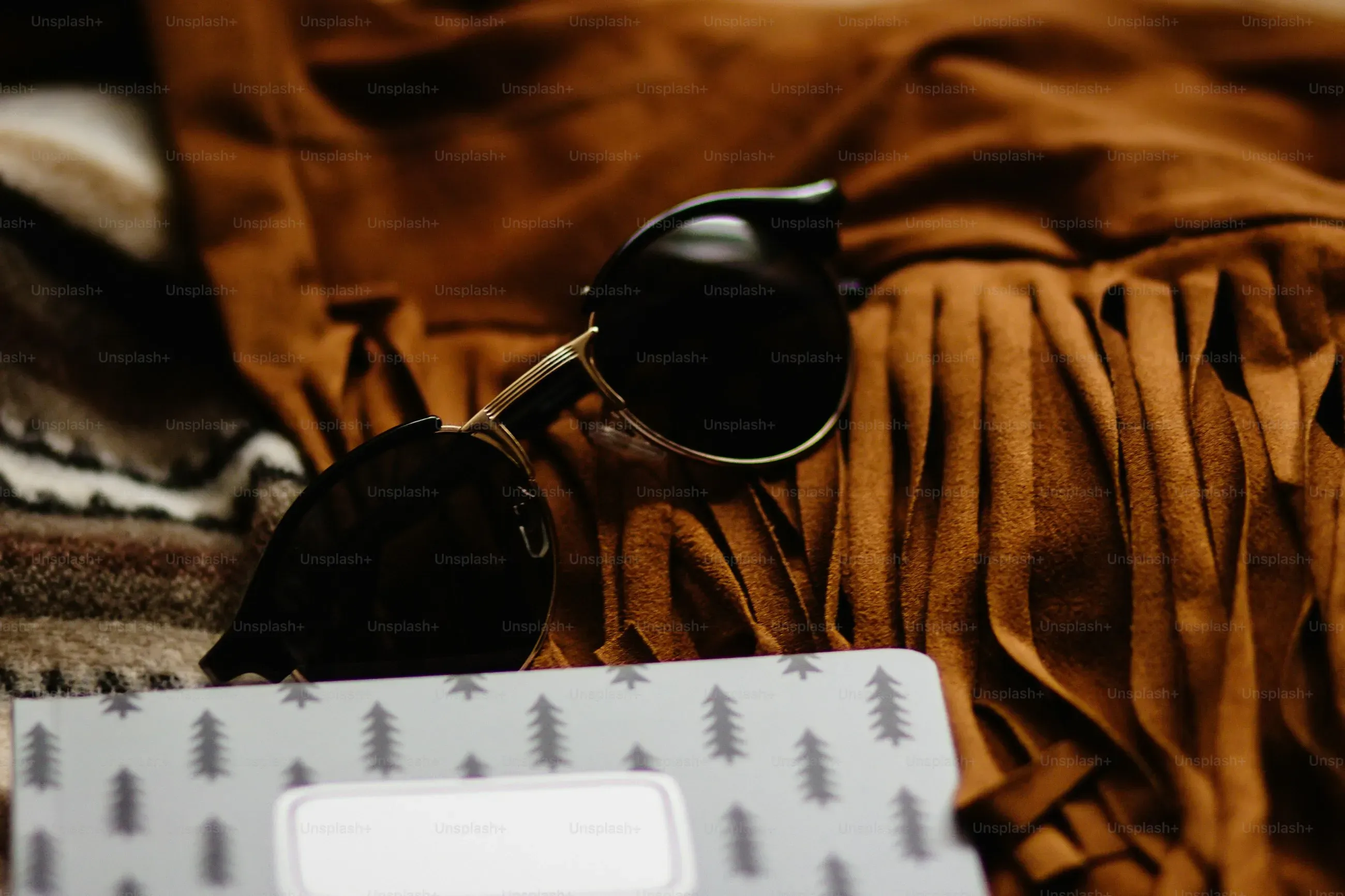Table of Contents
Ever found yourself squinting through a regular pair of sunglasses while dust whips around, or maybe dealing with glare bouncing off water or snow? Regular shades are great for sunny days walking around town, but sometimes, you need something a bit more robust. Something that hugs your face, blocks debris, and cuts glare like a pro. This is where the slightly oddly named, but incredibly practical, sunglass goggles come into play.
What Exactly Are Sunglass Goggles?
What Exactly Are Sunglass Goggles?
Not Just Sunglasses, Not Quite Goggles
Alright, let's cut through the confusion. When people talk about sunglass goggles, they're usually not talking about those big, bulky things skiers wear. Think of them as a hybrid. They take the style and lens tech of sunglasses but add features you typically find in goggles, like a closer fit, foam padding, or a strap option. They're built to stay put and offer more protection around the edges than your average pair of shades.
Standard sunglasses sit a bit off your face, leaving gaps. Wind, dust, and glare can sneak right in. Sunglass goggles minimize these gaps. They often wrap further around the face and might have a removable gasket or foam liner that seals the area around your eyes. This keeps the elements out and your vision clear, which is pretty crucial when you're moving fast or dealing with harsh conditions.
Bridging the Gap in Eye Protection
The key difference really boils down to coverage and security. Regular sunglasses are designed primarily for filtering light. Sunglass goggles do that too, with various lens tints and polarization options, but they add a layer of physical protection. They're less likely to fall off your face during activity because they often have a more secure fit, sometimes even converting from arms to a strap.
Imagine cycling down a dusty trail or skimming across the water on a bright day. Regular sunglasses might bounce around, let dust irritate your eyes, or allow blinding glare to hit you from the sides. Sunglass goggles are designed to prevent these annoyances. They offer a snug fit that resists movement and seals out irritants. They often feature impact-resistant lenses, a must-have when debris is flying.
- Regular Sunglasses: Primarily light filtering, open design, prone to letting in wind/dust, less secure fit.
- Sunglass Goggles: Light filtering + enhanced protection, closer fit with potential seal, blocks wind/dust, more secure (often with strap option).
- Full Goggles: Maximum protection, often larger/bulkier, less ventilation, typically for extreme conditions.
Built for Action, Designed for Clarity
So, what exactly are sunglass goggles? They are performance eyewear designed for active use where standard sunglasses fall short but full goggles are overkill. They provide the necessary sun and glare protection with the added benefit of keeping wind, dust, and debris out of your eyes.
They are commonly used by cyclists, motorcyclists, skiers, snowboarders, and water sports enthusiasts. Anyone who needs reliable eye protection that stays put and seals out the elements while still looking reasonably like sunglasses can benefit. They offer that crucial balance of function, form, and robust protection for dynamic environments.
Why You Might Need Sunglass Goggles
Why You Might Need Sunglass Goggles
When Regular Shades Just Don't Cut It
so you might be thinking, "I've got sunglasses, why would I need sunglass goggles?" Fair question. The answer boils down to needing more than just light filtering. Imagine you're blasting down a mountain bike trail. Wind isn't just breezy; it's a constant assault, drying your eyes out and making you tear up. Then there's the dust and grit kicked up by tires or wind gusts. A regular pair of sunglasses will let all that right in, turning a fun ride into a painful blink-fest. Or picture a day out on the water, fishing or kayaking. The sun glares off the surface, yes, but you also get spray, wind, and maybe even a rogue insect buzzing by. Sunglass goggles are built specifically for these kinds of dynamic, slightly messy environments. They wrap closer to your face, often with a foam or rubber gasket, creating a barrier that keeps those irritants out. It's not just about looking cool; it's about maintaining clear vision and protecting your eyes from physical annoyance or even injury when conditions aren't perfect.
Choosing the Right Sunglass Goggles for Your Activity
Choosing the Right Sunglass Goggles for Your Activity
Matching Your Gear to Your Grind
so you're sold on the idea of sunglass goggles – they're clearly more than just a fashion statement when things get gnarly. But picking the *right* pair? That depends entirely on what you plan to do while wearing them. Are you hitting dusty trails on a mountain bike? You'll need a snug fit to keep grit out and maybe lenses that handle varying light conditions as you dip in and out of tree cover. Is it water sports, like kayaking or paddleboarding? You'll want something that floats (seriously, it's a thing and it saves heartache) and lenses designed to cut through intense glare off the water, likely polarized. Skiing or snowboarding? Impact resistance is key, along with lenses that perform well in bright sun and flat light conditions, plus a secure strap that fits over or under your helmet. The activity dictates the features. Don't just grab the first pair that looks cool; think about the specific challenges your eyes will face.
Activity-Specific Features to Consider
Let's get a little more specific. For cyclists, ventilation is crucial. You're working hard, you're sweating, and fogging lenses are a nightmare. Look for sunglass goggles with good airflow or anti-fog coatings. A secure, non-slip fit is also paramount because your head is constantly moving. Water sports enthusiasts should prioritize polarization to kill glare and hydrophobic coatings to repel water droplets. As mentioned, floatation is a massive bonus unless you enjoy diving for lost eyewear. For snow sports, a convertible option (arms to strap) offers versatility, allowing a snug fit under a helmet. Impact resistance, often measured by standards like ANSI Z87.1, is non-negotiable if you're dealing with potential debris or falls. Think about the light conditions you'll most often encounter – are you mostly in bright sun, variable clouds, or low light? This will guide your lens tint choice. Amber or rose tints enhance contrast in cloudy conditions, while grey or brown are great for bright sun. Mirrored finishes add style and reduce glare further. It's about finding the balance of protection, clarity, and comfort for your specific adventure.
- Cycling: Ventilation, secure fit, impact resistance, potentially photochromic lenses for changing light.
- Water Sports: Polarization, hydrophobic coating, floatation, secure strap.
- Snow Sports: Impact resistance, anti-fog, convertible strap, lens tint suited for snow glare and flat light.
- General Outdoors (Dust/Wind): Close fit, foam gasket/seal, impact resistance.
Key Features to Look for in Quality Sunglass Goggles
Key Features to Look for in Quality Sunglass Goggles
Lenses That Actually Do Their Job
let's talk glass, or rather, polycarbonate or Trivex, because that's what good sunglass goggles usually use. You want lenses that aren't just tinted plastic. First off, UV protection is non-negotiable. Look for 100% UV-A and UV-B protection. If it doesn't explicitly state that, walk away. Then there's impact resistance. If you're doing anything where small objects might fly at your face – cycling, woodworking, generally existing in a chaotic world – ANSI Z87.1 is the standard you want to see. It means they've been tested for impact. Polarization is huge for cutting glare, especially off water, snow, or wet roads. It makes a world of difference in visibility and reduces eye strain. Lens tint matters too, affecting how you see contrast and color in different light. Don't just pick a color because it looks cool; grey is good for true color perception in bright sun, brown/amber enhances contrast in variable light, and clear or yellow is for low light or night protection.
Fit, Seal, and Staying Put
A sunglass goggle is only as good as its fit. If it doesn't seal reasonably well around your eyes, wind and debris will still get in, defeating the whole purpose. Look for features like a removable foam gasket or a flexible frame material that conforms to your face shape. The nose piece should be comfortable and ideally adjustable or made of a grippy material to prevent slipping when you sweat. Temple arms should be secure but not pinch. Many quality sunglass goggles offer the option to swap the arms for an elastic strap. This is brilliant for high-impact activities or when wearing a helmet. A good fit means they stay on your face no matter how much you bounce, twist, or sweat, ensuring continuous protection and clear vision.
- **UV Protection:** Must be 100% UV-A and UV-B.
- **Impact Resistance:** Look for ANSI Z87.1 standard if protection from debris is needed.
- **Polarization:** Excellent for reducing glare from reflective surfaces.
- **Lens Material:** Polycarbonate or Trivex for durability and impact resistance.
- **Fit & Seal:** Foam gasket or close-fitting design to block wind/dust.
- **Retention:** Grippy nose/temple pieces, optional or convertible strap.
- **Ventilation:** Important to prevent fogging during exertion.
Materials and Durability That Last
Nobody wants to buy new eyewear every few months. The frame material in your sunglass goggles matters for durability and comfort. Grilamid TR90 is a popular choice; it's lightweight, flexible, and tough. Cheaper plastics can become brittle in the cold or warp in the heat. Hinges should feel solid, not flimsy. Anti-scratch coatings on lenses are also a lifesaver, because let's face it, you're going to drop them or wipe them with something you shouldn't eventually. Some higher-end options even offer hydrophobic coatings to repel water and oleophobic coatings to resist smudges from sweat and fingerprints. Checking out reviews on sites like sunglasshub.org can give you a real-world sense of how well specific models hold up over time under actual use conditions, which is often more telling than manufacturer claims.
Beyond the Basics: Maintaining Your Sunglass Goggles
Beyond the Basics: Maintaining Your Sunglass Goggles
so you've invested in a decent pair of sunglass goggles – maybe something that handles glare on the water or keeps dust out on the trail. Great. But they won't stay in top shape if you just toss them in your gear bag with muddy gloves and leaky water bottles. Proper care isn't rocket science, but ignoring it is the fastest way to trash your lenses and loosen your frame. Always rinse them off with fresh water after use, especially if they've been exposed to salt water or sweat, which can corrode coatings and hinges. Use a microfiber cloth designed for lenses – paper towels or the hem of your t-shirt are basically sandpaper in disguise. Store them in their case when you're not wearing them. It seems obvious, but how many times have you seen scratched-up lenses from bouncing around loose in a car door pocket? Treat them right, and they'll keep protecting your eyes and giving you clear vision for the long haul.
Here's a quick rundown on keeping those lenses pristine:
- **Rinse First:** Always get rid of dirt and debris with water before wiping.
- **Use the Right Cloth:** Microfiber only. Seriously.
- **Cleaning Solution:** A drop of mild dish soap and water works, or a dedicated lens cleaner. Avoid harsh chemicals or ammonia-based cleaners.
- **Air Dry or Dab:** Let them air dry or gently dab with the microfiber cloth. Don't rub vigorously.
- **Proper Storage:** Case them up when not in use. Avoid extreme heat (like leaving them on a dashboard).
Don't Settle for Squinting: Embrace Sunglass Goggles
So, there you have it. Sunglass goggles aren't just a niche product for extreme sports enthusiasts. They're a practical, often necessary, piece of gear for anyone who spends time outdoors where standard sunglasses simply don't cut it. Whether you're battling wind on a bike, glare on the water, or dust on a trail, the right pair provides the protection and clarity you need without the bulk. Don't underestimate the value of keeping your eyes safe and comfortable. Choosing the right sunglass goggles means fewer distractions, better performance, and ultimately, a more enjoyable experience. It's a small investment for a significant upgrade in your outdoor adventures.
